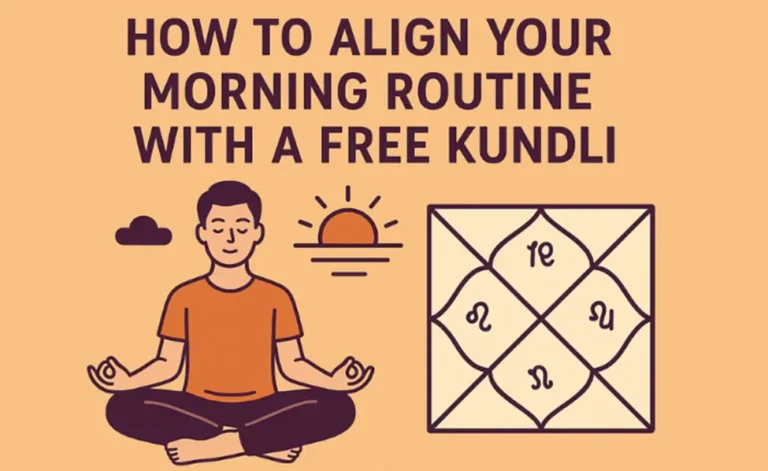Discover the Healing Power of Earthing A Beginner’s Guide
Are you looking for a natural way to boost your well-being? You might want to try earthing, a simple practice that connects you to the Earth’s energy. From stress relief to better sleep, this age-old technique bridges the gap between modern lifestyles and nature. Here’s everything you need to know to get started with earthing.
What Is Earthing?
Also known as grounding, earthing involves direct physical contact with the Earth’s surface, such as walking barefoot on grass, soil, or sand. The concept is built on the idea that the Earth is rich in electrons that can transfer to the human body, helping to neutralize free radicals and reduce inflammation.
While the practice may sound simple, its potential benefits have sparked curiosity among health enthusiasts, scientists, and holistic practitioners alike.
The Science Behind Earthing
Research suggests that our bodies are bio-electrical systems. Constant exposure to modern devices, synthetic materials, and urban environments can create an electrical imbalance. By connecting to the Earth’s natural charge, earthing may help restore that balance.
A study published in the Journal of Environmental and Public Health outlined potential mechanisms for earthing, such as reducing oxidative stress, improving cardiovascular health, and enhancing central nervous system activity.
Another small study showed that participants who practiced earthing experienced reduced blood viscosity, a factor linked to cardiovascular risks. While more research is needed, these findings lay a promising foundation for understanding the science of earthing.
Benefits of Earthing
Wondering why so many people are turning to this simple practice? Here are some of the most commonly reported benefits of earthing:
-
Stress Reduction
Spending time in nature while grounding can lower cortisol levels, the stress hormone, offering a sense of calm and relaxation.
-
Improved Sleep
Some people have found that earthing helps regulate their sleep-wake cycle, making it easier to fall and stay asleep.
-
Reduced Pain and Inflammation
For those with chronic pain or inflammation, grounding is believed to reduce discomfort, possibly by decreasing inflammation in the body.
-
Enhanced Energy
Reconnecting with nature is not only calming but also energizing, helping you feel revitalized.
-
Better Circulation
Earthing has been associated with improved blood flow, leading to better oxygenation throughout the body.
How to Practice Earthing
The best thing about earthing is its simplicity. You don’t need fancy equipment or complex rituals to get started. Here are a few beginner-friendly ways to incorporate earthing into your routine:
-
Walk Barefoot
Spend time walking barefoot on natural surfaces like grass, sand, or soil to absorb the Earth’s electrons directly.
-
Sit on the Ground
Find a quiet park or garden, sit on the bare earth, and rest your hands or feet on the ground for a calming connection.
-
Swim in Natural Bodies of Water
Freshwater lakes, streams, or oceans are excellent for grounding as water conducts the Earth’s energy.
-
Gardening
Digging your hands into the soil and planting something new can be both grounding and therapeutic.
For best results, aim to practice for 20 to 30 minutes a day, though even shorter durations can offer noticeable benefits.
Earthing Products and Where to Find Them
If you live in a city or find it difficult to interact with nature every day, earthing products can help you experience similar effects indoors. These items are designed to conduct the Earth’s energy while you sleep or work.
-
Grounding Mats or Sheets
Ideal for placing on your bed or desk.
-
Grounding Socks or Shoes
Footwear with conductive soles allows you to ground even on paved surfaces.
-
Grounding Bands
Wearable bands designed for wrists or ankles connect you to the Earth’s energy indoors.
These products are widely available online, often accompanied by instructions to ensure proper use.
Safety and Precautions
While earthing is a gentle and natural practice, it’s important to follow a few precautions:
-
Check the Surface
Ensure the surface you’re grounding on is clean and free from sharp objects or harmful materials.
-
Avoid Wet Areas During Thunderstorms
Water is an excellent conductor, so it’s best to avoid grounding in wet areas during storms.
-
Watch for Allergies
If you’re prone to allergies, take note of potential irritants like grass or sand.
-
Consult with a Healthcare Professional
If you’re managing a medical condition, consult a doctor before incorporating earthing into your routine.
Reconnect to Nature Today
Earthing is more than a wellness trend; it’s an opportunity to reconnect to nature and its healing power. Whether you’re strolling barefoot on the beach or using a grounding mat at your desk, this simple practice holds the promise of numerous health benefits.
Why not give it a try? Start small, experiment, and notice how it affects your overall well-being. You just might find that the connection you’re seeking has been underfoot all along.
Also Read-The Future of Tooth Replacement: Advancements and Choices in Dental Implants






